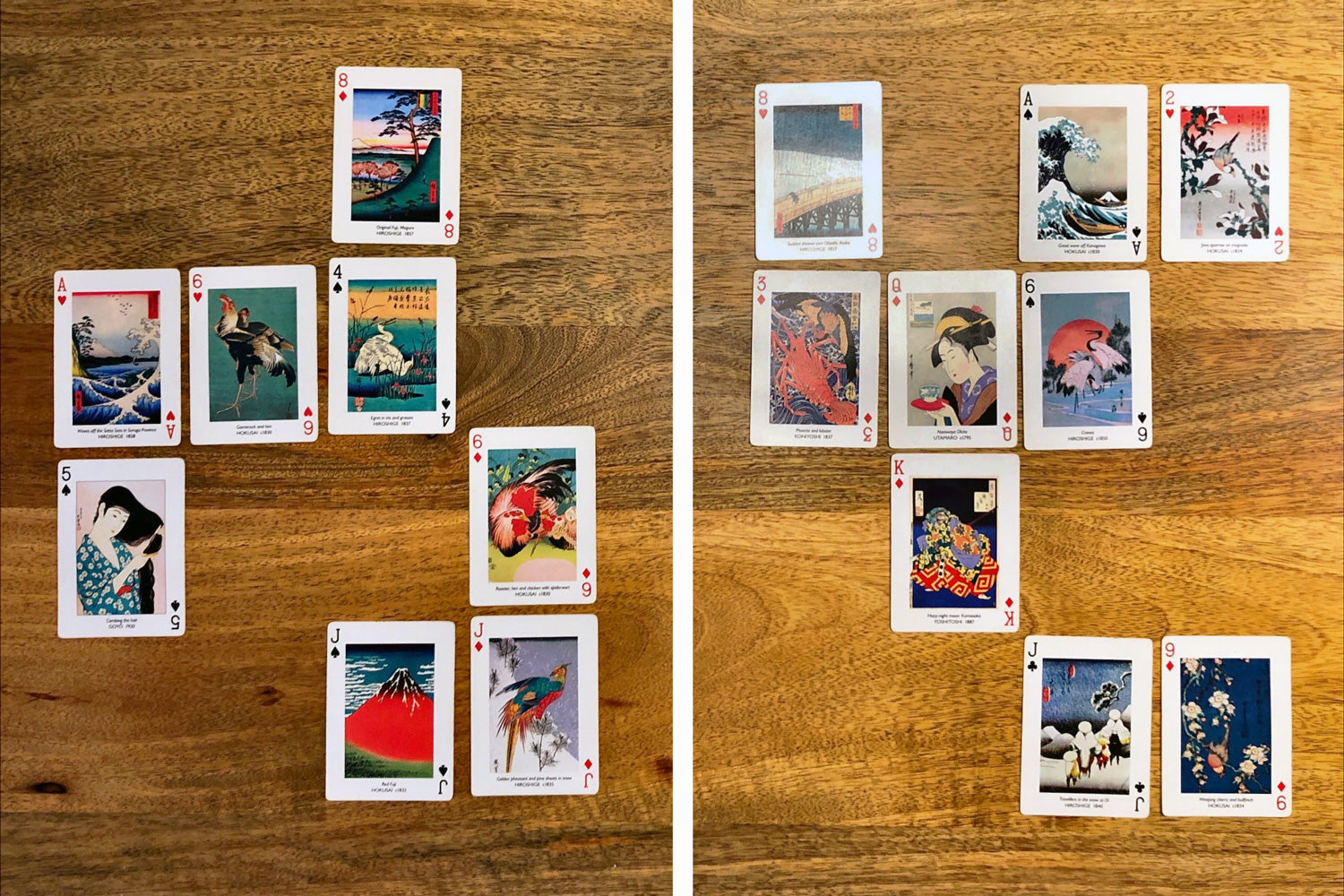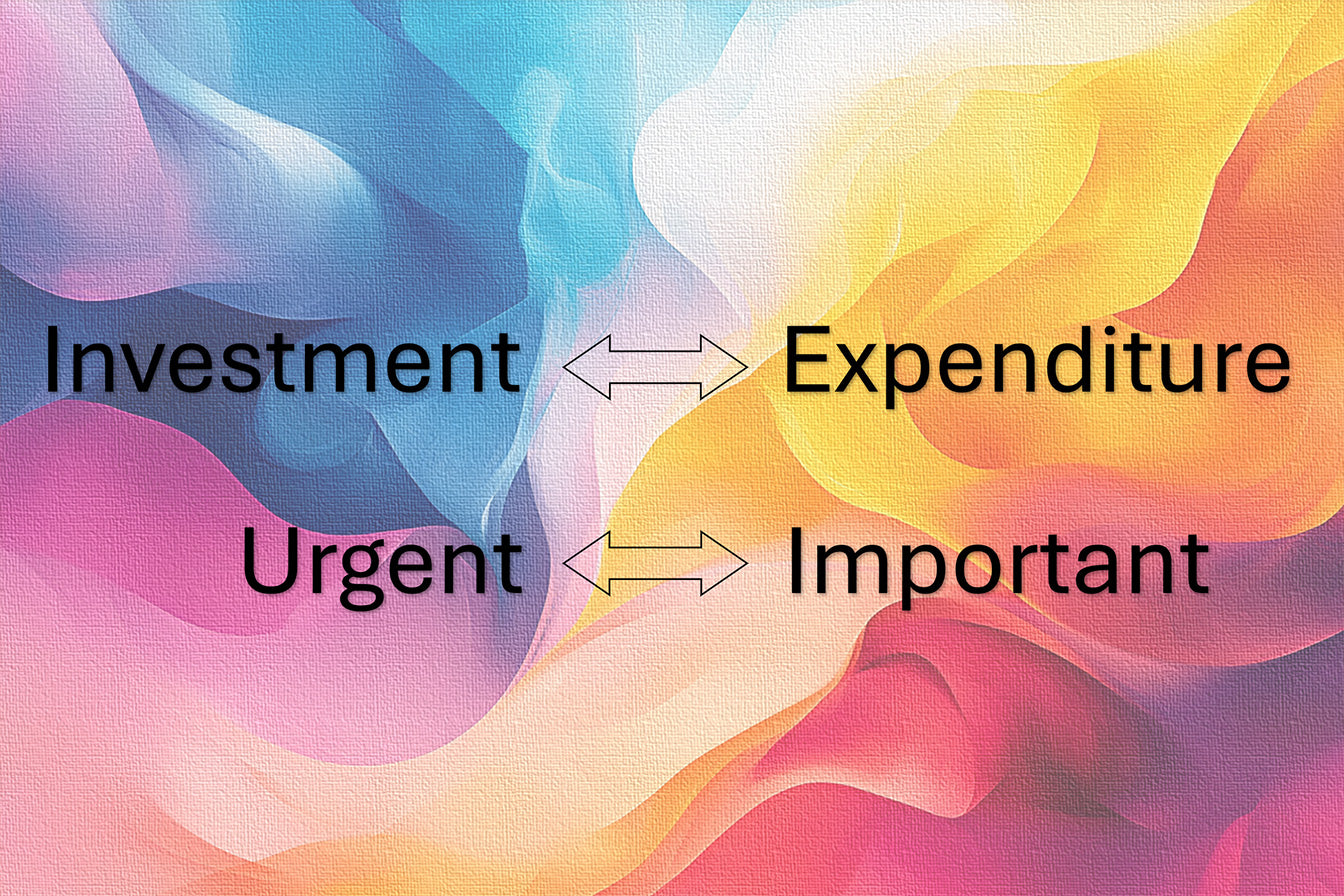Purpose
This exercise helps delegates to understand the importance of several key principles, such as “Parkinson’s Law” as well as managing their performance in the face of change or increasingly challenging environments. It is also useful for teamwork, decision making, leadership and creativity. You can use this exercise to teach “Parkinson’s Law” in a time management course.
Objective
Solve puzzles as a team in different environments and compare results.
What You Need
- A puzzle that can be solved in a short time. This must be a physical puzzle that requires handling items or parts. An ideal puzzle is a jigsaw puzzle. Choose the size based on the capability of your delegates and the available time. You need two puzzles of a similar nature for each group. For example, use two jigsaw puzzles with a different image and provide one set to each group.
- Gloves for each delegate. These gloves should make handling objects more difficult. You can use leather or wool gloves but not medical or thin plastic gloves.
- A timer that you can use secretly.
- A counter that can be configured to show an increasing number (see below for instruction on how to set it). For example, you can use a timer app and project it on the screen or use a Mobile App counter on a tablet computer or a phone for everyone to see.
Setup
- Divide the delegates to groups of 3 or 4.
- Distribute one set of puzzle to each group.
- Explain that there are a couple of rounds in this exercise. In the first round you want them to solve a puzzle that they have been given.
- State “On my mark start, ok, go...”
- Provide no more information. Do not set a time limit or state that there is one. Teams are free to solve the puzzle however they want, whether as a team, by choosing leaders or in any way they like.
- Ask the teams to state when they have finished and secretly record their time. It is important that they don’t feel they are timed.
- When everyone has finished ask them to state how they felt about the puzzle.
- For round two, explain the following scenario:
- “Recently there has been an outbreak of a dangerous epidemic which is taking lives worldwide. The whole world is involved in finding a cure or prevention as quickly as possible. You are working in a lab which has made a lot of progress. The last hurdle is captured symbolically in this puzzle which if you can solve leads to a cure. Since everything is currently contaminated, you must not touch anything with your bare skin and so you must use the gloves provided at all times while handling the pieces of the puzzle.
- Distribute the gloves and ask all the delegates to wear them.
- Now continue with:
- “Ladies and gentlemen, people are dying and you are the best chance for humanity to survive...”
- At this point, reveal the counter for everyone to see. This is a counter which keeps increasing and indicates the number of people dead so far. Set it at a large number such as 1,470,329 and program it to increment every second by about 10,000. You can also use premade counters such as those here. Simply rezise your browser's window to show only one of the counters and explain what it represents in the context of this exercise.
- Now state:
- “The sooner you can solve the puzzle, the more lives you will save. Do not waste any time or more people will die and humanity will be lost…”
- At this point expect everyone to quickly get back to their puzzles and solve them. This time it would be more frustrating because of the gloves and lack of dexterity. Delegates need to perform under pressure due to lack of time.
- Record their times as in round one and as before make sure no one notices that you are timing them.
- Once finished, record all the timings and then get back everyone together.
- Ask them how they felt and get them to compare their two performances.
- Reveal the timings. In most cases, they should have finished solving the puzzle in the second round much faster than the first round, despite being more challenging due to use of gloves. Highlight this result and follow with a discussion.
Timing
Explaining the Exercise: 5 minutes
Activity: 10 min round 1 + 10 min round 2 = 20 minutes
Group Feedback: 10 minutes
Discussion
Did you perform better in the second round? Why is that? Do you think having a limited time helps you to focus and increase your performance? Can you take advantage of this in your everyday life? Did you feel frustrated with the gloves? Did you simply accept the challenge with the gloves as part of the problem? Did you think you would have performed in a similar way if you were not told about the scenario, but were just told to wear the gloves for no particular reason? What does this suggest for managers and informing others on why they need to do certain tasks in certain ways?
Comments
By Dilip Basu @ Sunday, September 4, 2011 1:31 PM
Yes it is interesting and can be improvised.
Thanx
By Chris @ Monday, October 8, 2012 2:40 AM
I had difficulty with stress too. But over a long period of time of trying different things, I discovered a number of ways that really helped. I have much more info about this on my site www.stressmanagement.youaccomplish.com.
Soft Skills Training Materials
Get downloadable training materials
Online Train the Trainer Course:
Core Skills
Learn How to Become the Best Trainer in Your Field
All Tags
Training Resources for You

Course Design Strategy
Available as paperback and ebook

Free Training Resources
Download a free comprehensive training package including training guidelines, soft skills training activities, assessment forms and useful training resources that you can use to enhance your courses.

Our Comprehensive Guide to Body Language

Train the Trainer Resources
Get Insights - Read Guides and Books - Attend Courses
Training Materials
Get downloadable training materials on: Management Training, Personal Development, Interpersonal Development, Human Resources, and Sales & Marketing














Leave a comment
All comments are moderated before being published.
This site is protected by hCaptcha and the hCaptcha Privacy Policy and Terms of Service apply.